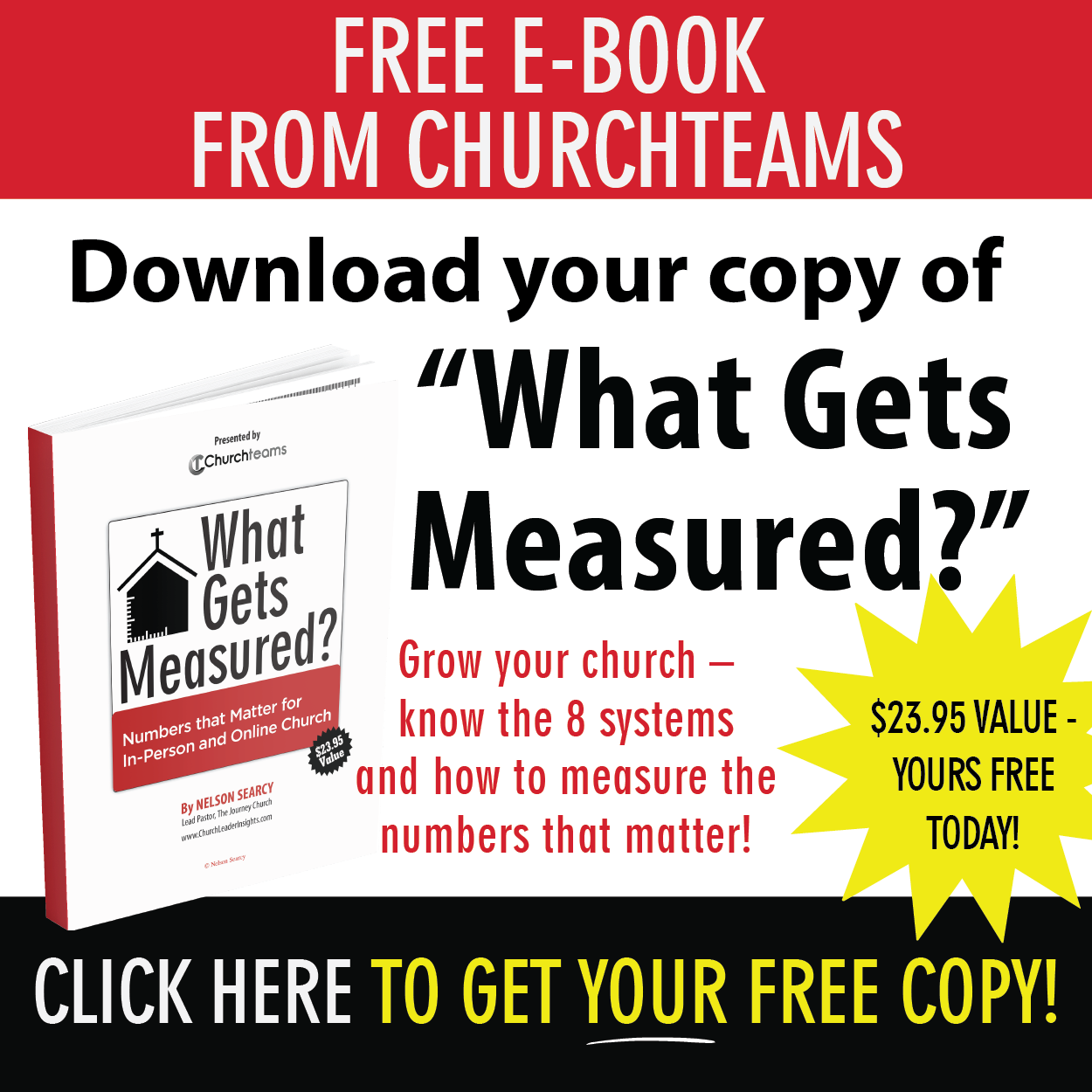 A long time ago, there was a buzz in church leadership, administration, and discipleship circles about becoming a CHURCH OF GROUPS not just a church with groups. As a church administrator and discipleship pastor I read, went to conferences, and asked questions to figure out what this conversation meant practically for our church and my responsibility to help manage it.
A long time ago, there was a buzz in church leadership, administration, and discipleship circles about becoming a CHURCH OF GROUPS not just a church with groups. As a church administrator and discipleship pastor I read, went to conferences, and asked questions to figure out what this conversation meant practically for our church and my responsibility to help manage it.
My take-away was that everything we did in church life should be organized as if it were a small group. So, groups included not only what we generally thought of as small groups; but also children's classes, volunteer teams, all events, discipleship classes, assimilation steps, registration forms, and anything else that involved more than one person.
This idea helped me structure everything in our church around a common language and organizational structure. It simplified having to decide what was a committee, class, team, event, form, etc.. It aligned our staff around a culture of groups. It brought clarity to volunteers about their roles and how things were organized.
This CHURCH OF GROUPS concept became the architectural framework for Churchteams. We even coined the term "small group software" in 2000 and innovated the use of technology for small groups ministries. It was the perfect foundational platform upon which to build a full Church Management System. Which, in turn, was the perfect platform upon which to build a Church Communication System.
Here are three really practical ways this architecture has impacted the design of our software.
1. Ministry organization structure. If everything is considered a small group, you have to have some way to distinguish the ministry purpose of each group. The third step of our group creation process requires selection of the ministry, lifestage, and gender mix the group is associated with. This gives incredible granularity for reports (rosters, lists, attendance) and communication (email, text, labels). Many systems have copied our Groupfinder process for connecting people to small groups. For us, it is the way the entire church is organized as well.

2. Leadership organization structure. Most groups have a leader and members. Some have other roles like teacher, social coordinator, guitar player, etc.. It is helpful to identify these roles within a group so that you can recruit, identify, and communicate directly to people with those roles. But most group leaders also have a coach, staff, or pastor that oversees them. These may be aligned with ministry, but in reality there is seldom a one-to-one relationship. In some churches the family pastor oversees both children and youth. In other churches there are multiple coaches and staff that oversee different parts of the same ministry. So, ministry organization and leadership organization are two different things. You can customize the leadership language in Churchteams, but our defaults are Staff > Coach > Leader.

3. Groups as a dashboard. In our CHURCH OF GROUPS structure, we even use groups to track process. For example someone might go from the Guest group to the New Membes Class group to the Potential Children's Volunteers group to the 9:00 Kids Ministry Volunteers group. Rather than having to run a report that lists people at each step in a process, just go to the group.
We even made the Group Members View customizable so that you could show any information in the database. This makes the group a dashboard for working with people in that particular step of the process. Track contacts and work as a team to see where people are in the process. Here's the Connection Card group. In this group, you would work through all the responses and move people out or to their next step each week.

One client recently set up a Small Group Interest group and put everyone that expressed interest in a small group in it. She added a note identifying which group the person was interested in. When she saw they had joined the group, she simply removed them from the Group Connection group. Then, she could follow up and make other recommendations to those who were still in the group. This allowed her to make sure no one interested in a small group fell through the cracks.
It's not as flashy as some things, but in my opinion, this CHURCH OF GROUPS framework that underlies Churchteams is one of our most distinctive and compelling features. If you're curious to learn more, let us show you how it works. Join us any given week for Meet The Software.



